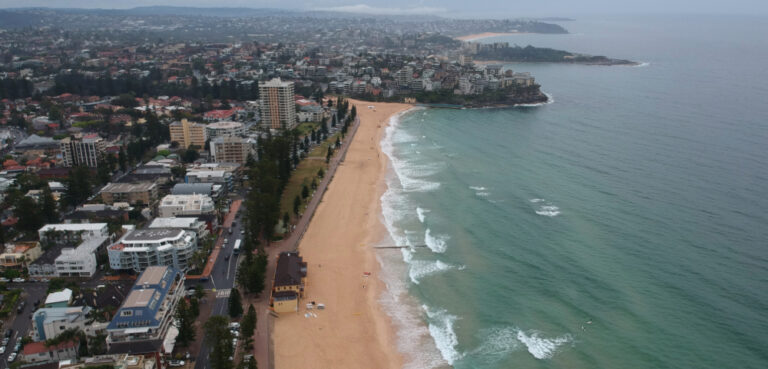
Is this Imam even dead?

The strange tale of the Bin Ladin of the Internet:
It’s buy-a-bike time. Don’t expect energy to get any cheaper in 2013 and don’t count on an outbreak of stability in the Middle East.
With the Arab world spinning out of control, US foreign policy isn’t going to get any more consistent. The State Department people are just making it up as they go along, leaving Bob Carr scrambling to get in line as the US sucks up to people it once proclaimed its worst enemies.
In Libya, Syria and Egypt that’s meant an uneasy accommodation with the fundamentalist folk the CIA spent years persecuting. There will be non-alcoholic cocktails at the Embassy and edgy bonhomie with bearded guys who only yesterday were lucky if they didn’t find themselves “rendered” for “enhanced interrogation” to some hell-hole run by a US client ruler now rewritten as a blood-stained tyrant who “killed his own people”.
But the human mind can accommodate all manner of bewildering about-faces and contradictions. In other places, the old clients are hanging on and the CIA is still fighting the al- Qaeda types, and one of those places is Yemen.
Which brings us to the very strange tale of Anwar al-Awlaki, an American civil engineer who became an Imam and an al-Qaeda guru until he and his 16-year-old son (both American citizens) were apparently killed in drone strikes in Yemen in September 2011.
The demise was generally treated by the Right as a job well done and by the Left as a disturbing example of extra-judicial killing by the US Government, but there’s ample reason to believe the deaths were a ripping yarn designed to cover the extraction and retirement of a deep cover agent.
We know an awful lot about al-Awlaki and everything we know screams that he was, as they say in the spook trade, “one of ours”.
Imam al-Awlaki claimed to have been born in Yemen, but actually came into the world in 1971 in New Mexico and, in 1994, earned a Bachelor of Civil Engineering degree from Colorado State University. Curiously, he was by then holding a Yemeni passport and scholarship. He became president of the Muslim Students Association and reportedly spent a summer vacation training with the Afghan mujahideen. This was after the Russian pull-out, and before the advent of the Taliban, but at the time the CIA was still working with the mujahideen.
Al-Awlaki also studied education leadership at San Diego State University, though he never completed his degree, and during 2001 he worked on a human resources doctorate at George Washington University, which has long-standing ties with the CIA.
But here’s where it gets really weird. Either shortly before, or just after, September 11, al-Awlaki was placed on a terrorist watch list and picked up for passport fraud and soliciting prostitutes. He also came to notice because of his association with three of the alleged September 11 hijackers. The FBI interviewed him four times, but somehow failed to stop him leaving the country. And no matter what he was arrested for, he always beat the rap. Funny thing that.
And then in February 2002, he was an honoured guest at a formal Pentagon lunch after a being noticed propounding impeccably pro-American and anti-al-Qaeda views in a sermon. The Pentagon was, at the time, seeking moderate voices among the Muslim community.
But then, al-Awlaki turns up in Yemen (where he was known as Abu Atiq) and the mainstream media labelled him a very dangerous extremist indeed – the very first American to make the CIA’s kill or capture list. No doubt this attention did al-Awlaki’s street cred wonders. With his blog and Facebook page, he became known as “the Bin Laden of the internet”.
In October 2006, the Yemeni secret police rounded up a large group of Islamist militants involved in a gun-running operation, but not our man al-Awlaki. Conveniently, he’d been arrested six weeks earlier. Supposedly he spent 18 months in solitary before being let loose again. It was another example of the pattern of “catch and release” that was a feature of Anwar al-Awlaki’s career until his death.
In 2010 he was credited with organising the farcical attempt by Umar Farouk Abdulmutallab to bomb a 2009 Christmas Day trans-Atlantic flight with explosives hidden in his underwear, and the even more farcical 2010 photocopier bomb plot. Both these operations – loudly claimed by al-Qaeda in the Arabian Peninsula – were terrific publicity for the War on Terror, but hopelessly amateurish and gratifyingly unsuccessful.
And then apparently, Anwar got deaded. But has this man really crossed the finish line, or has he been retired?
According to the German news agency DPA, Yemen’s security agencies have no substantial evidence that al-Awlaki died in the airstrike.
Their story goes that only one of three cars had been hit, while the other two escaped. It was hard to identify the remains left after the raid.
“There was no actual body”, a Yemeni security source said. “All that was left after the incident were mere remains mixed with wrecked pieces of the targeted car. These remains were collected and buried by residents in the area.”
Perhaps Anwar is, as you read this, clean-shaven and sunning himself on a beach in the Caribbean, pondering the mysteries of energy politics as he reads in the Washington Post that his masters are embracing the very folk he spent years informing on.









